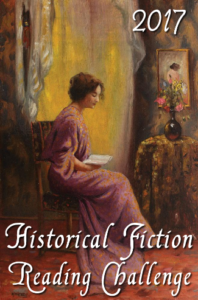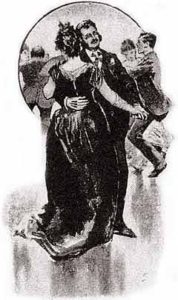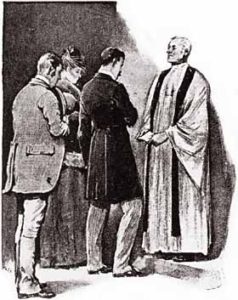
Like great provincial dishes around the world, potlikker is salvage food. During the antebellum era, slaveholders ate the greens from the pot, setting aside the potlikker for enslaved cooks and their families, unaware that the broth, not the greens, was nutrient rich. (6)
What Edge sets out to do in this book is explain how the cuisine we think of as Southern food emerged from black cooks. Edge also explains the ways in which Southern cuisine has changed over the years and discusses some of the major movers and shakers in the world of Southern cooking. In addition, he discusses issues related to access to food and poverty as well as movements in fast food and farm-to-table cooking and the gentrification of Southern food (and restaurants), ending with discussion of the influence of immigrants to the South on Southern cooking.
Edge is the director of the Southern Foodways Alliance, which “documents, studies, and explores the diverse food cultures of the changing American South” (read more here). He was recently featured, as was Michael Twitty, whose book The Cooking Gene comes out later this year, on the Gastropod podcast.
I found this book fascinating from start to finish, and I enjoyed it the whole way through. I gained a lot of insight into Southern food, and I also learned quite a lot of history that I didn’t know. One really interesting story that Edge shares early in the book concerns President Johnson’s commitment to civil rights. I had always assumed that he really had to be prodded quite a lot to sign the Civil Rights Act, and probably to an extent, he did, but he as he tried to garner support for civil rights, he often told the story of his cook, Zephyr Wright, being unable to use the restroom during a stop on a cross-country trip. He varied the story to suit his audience, but like many of the people who heard the story directly from Johnson’s lips, I found it to be quite moving. As Edge explains, “The Zephyr Wright story reduced a national issue to a personal one. It moved the argument from the senate chamber to the cloakroom and then to the kitchen” (27).When Johnson signed the Act, Zephyr Wright was there, alongside Martin Luther King, Jr., and Robert Kennedy. He handed her one of the pens he used, saying “You deserve this more than anybody else” (28).
I think it’s hard not to see things differently when you hear someone’s personal story. It’s one of the reasons politicians bring up everyday Americans during conventions or on the floor of Congress. We are moved by stories. To a certain extent, this book stitches together the stories of Southern cooks from Georgia Gilmore, who fed Civil Rights Movement leaders such as Martin Luther King, Jr. in her home/restaurant to Michael Twitty, who recently attempted to engage Paula Deen in conversation after her infamous declaration that she had used the n-word. Twitty invited Deen to learn “why so many people were so upset by her comments” (278). He wanted her to know that “the unwillingness to give African American barbecue masters and other cooks an equal chance at the platform, is far more galling than you saying ‘nigger,’ in childhood ignorance or emotional rage or social whimsy” (279). As far as I understand, Twitty never received a reply from Deen. It’s a shame because it might have gone a long way to repairing the damage she caused.
Edge’s main point, I think, is captured when he says “The adjective Southern and the noun Southerner have, since the nineteenth century, referenced the white South and the Confederate South. Those limited categories failed the people of the region. The South was never monochromatic” (2). As Natasha Trethewey, poet laureate of the United States, says “Who can lay claim to the South?… I don’t want to take it away from anyone. I just want them to recognize that it’s mine, too” (309). That South included black barbecue pit masters and Kentucky Fried Chicken and Stephen Gaskin’s commune the Farm and chefs Paul Prudhomme and Nathalie Dupree. It included grits, boiled peanuts, fried chicken, okra, hoppin’ john, biscuits, cornbread, and yes, pot likker. I think anyone interested in food history would enjoy this book, but I think it will speak especially to anyone who has called the South, with all its messy contradictions, home. As Edge says, “In this modern South, the likkers at the bottoms of those vessels sustain many peoples. And they remind Americans of the vitality that drives regional foodways” (308).
Rating:






















